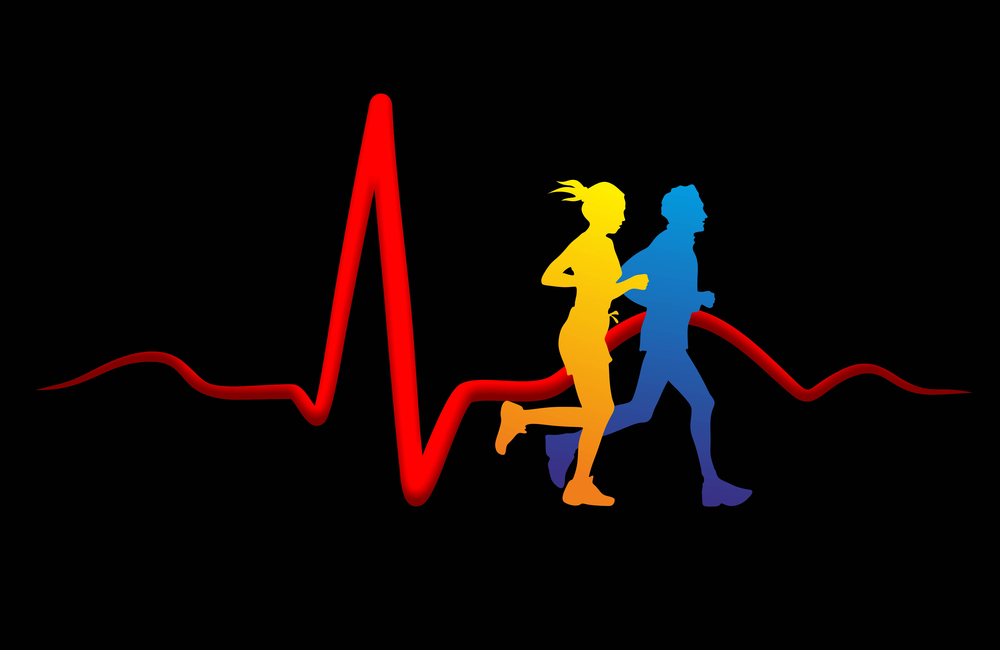In Neuromuscular Disease Patients, Correcting Heart Rate Improves 6-Minute Walk Test

A heart rate-corrected 6-minute walk test (6MWT) is a more accurate outcome measure than the standard 6MWT, and should be pondered as a future outcome measure of walking capability in patients with neuromuscular diseases, according to the results of a recent study published in the journal PLOS One.
The 6-minute walk test (6MWT) is a submaximal exercise examination, widely used to measure disease progression or treatment efficacy in patients with neurological diseases, since walking capability is a central function of life and reflects an essential daily living functional capacity.
Cardiac output (CO) is linearly correlated to workload, regardless of fatigue and motivation, and heart rate (HR) is a function of CO (CO = stroke volume x HR).
In the study, entitled “Decreased Variability of the 6-Minute Walk Test by Heart Rate Correction in Patients with Neuromuscular Disease,” John Vissing from the Neuromuscular Research Unit, Department of Neurology, Rigshospitalet, University of Copenhagen in Denmark, and his colleagues hypothesized that a correction of the 6MWT distance by average HR could level the daily variability of the test due to fatigue or motivation on the day the test is made, or because of a potential learning effect.
A total of 16 patients with diagnosis of neuromuscular diseases, including Facioscapulohumeral muscular dystrophy, Limb-girdle muscular dystrophy, Charcot-Marie-Tooth, Dystrophia Myotonica and Congenital Myopathy, and 12 healthy subjects were included in the study. The researchers verified the patients’ diagnoses by genetic testing and those eligible to participate in the study had to be able to walk 60 meters and have a left ventricular ejection fraction above 40%. Each subject accomplished three 6MWTs, on three test days, one week apart. On each test day the participants performed one 6MWT following the American Thoracic Society guidelines (ATS).
The results revealed that successive standard 6-minute walk tests showed considerable learning effects between tests that heart rate correction was able to abolish. “Our findings can likely be extended to other diseases in which the 6MWT is commonly used, as the source of day-to-day variation of the test (learning effects, motivation, fatigue) is very similar across diseases,” the researchers explained. “Heart rate is an easily measured clinical parameter, and analysis of the linear correlation between walked meters and mean measured HR can easily be obtained for follow-up assessments and as endpoint in clinical trials, in which 6MWT is used as efficacy parameter. 6MWT corrected by mean HR during the test, likely can detect clinically meaningful changes in a trial.
However, the authors concluded, “this relationship should be confirmed in future treatment studies, to verify that the HR-corrected 6MWT can also detect treatment effects.”






